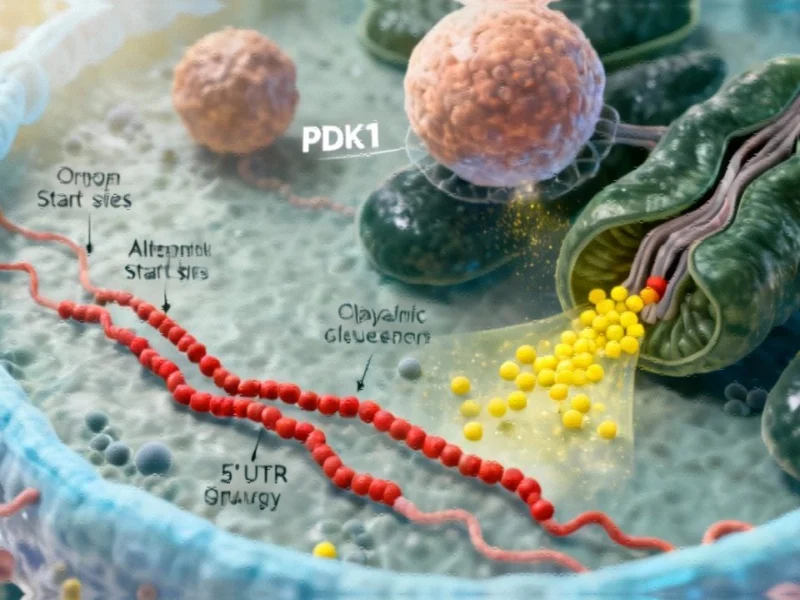Unlocking Tissue Biomechanics Through Magnetic Resonance Elastography
Magnetic resonance elastography (MRE) represents a groundbreaking noninvasive imaging technique that enables three-dimensional quantification of biomechanical properties in soft biological tissues. By inducing controlled shear waves and measuring resulting tissue displacements, MRE provides crucial insights into tissue viscoelasticity that have profound implications for both scientific research and clinical diagnostics. The ability to accurately characterize these mechanical properties opens new frontiers in understanding disease progression and developing targeted treatments.
Table of Contents
- Unlocking Tissue Biomechanics Through Magnetic Resonance Elastography
- The Technical Foundation of MRE Technology
- Revolutionary Inversion Algorithms: From Traditional to AI-Driven Approaches
- Comprehensive Dataset Development for Algorithm Advancement
- Breaking Down Barriers to MRE Research Access
- Future Directions in MRE Research and Applications
The Technical Foundation of MRE Technology
At its core, MRE operates through a sophisticated process of mechanical wave induction and measurement. The technique applies external vibrations at specific frequencies, typically between 30-100 Hz, to generate shear waves that propagate through tissues. These wave patterns are then captured using specialized motion-encoding gradients in MRI scanners, with the resulting displacement fields serving as the foundation for calculating biomechanical parameters. The entire process requires precise synchronization between mechanical actuation and MR image acquisition to ensure accurate wave field measurements., according to technology insights
The evolution of MRE from its initial development for liver fibrosis assessment to its current widespread applications demonstrates the technique’s versatility. What began as a specialized tool for hepatic stiffness measurement has expanded to encompass neurological disorders, oncological applications, and musculoskeletal conditions. This expansion reflects the growing recognition that mechanical properties serve as valuable biomarkers across numerous pathological states.
Revolutionary Inversion Algorithms: From Traditional to AI-Driven Approaches
The transformation of raw wave field data into meaningful biomechanical parameters relies on sophisticated inversion algorithms. Traditional methods including Direct Inversion (DI) and Local Frequency Estimation (LFE) established the foundation for MRE analysis by solving the Helmholtz equation to derive tissue stiffness. These approaches, while effective, often struggled with noise sensitivity and limited resolution.
Advanced algorithms have since emerged to address these limitations. Techniques such as Multifrequency Dual Elasto-Visco inversion (MDEV) and Elastography Software Pipeline (ESP) significantly improved anatomical detail recovery. The introduction of Non-Linear Inversion (NLI) methods based on Finite Element modeling represented another major advancement, enabling iterative refinement of material property estimates for enhanced accuracy., according to emerging trends
The most recent paradigm shift comes from machine learning and deep learning approaches. Neural networks, including both real-valued and complex-valued architectures, now offer unprecedented capabilities in handling complex wave physics. The innovative Traveling Wave Expansion-Based Neural Network (TWENN) exemplifies this progress, incorporating comprehensive wave physics directly into its training framework rather than relying on pre-processing filtration of compression waves., according to recent developments
Comprehensive Dataset Development for Algorithm Advancement
The creation of robust, publicly available MRE datasets represents a critical step forward for the research community. These collections typically encompass three essential categories:
- Simulated data with customizable parameters for initial algorithm development and validation
- Phantom data serving as ground truth references with known mechanical properties
- Biological tissue data including both ex vivo animal tissues and in vivo human measurements
The strategic inclusion of phantom datasets provides an invaluable benchmark for validation, enabling direct comparison between algorithm-derived properties and mechanically tested reference values. Meanwhile, human liver and brain datasets represent the most clinically relevant applications, supporting translation from theoretical development to practical implementation.
Breaking Down Barriers to MRE Research Access
Historically, MRE research faced significant accessibility challenges. The requirement for specialized MR scanning facilities and MRE hardware systems created substantial barriers for research groups focused primarily on algorithm development. The limited availability of standardized datasets further complicated comparative studies and validation efforts.
The emergence of comprehensive data repositories has dramatically transformed this landscape. Platforms like the BioQIC server have pioneered open access to MRE data, enabling researchers worldwide to access high-quality datasets without requiring specialized imaging equipment. This democratization of data access accelerates innovation and facilitates robust algorithm comparisons across research institutions.
Future Directions in MRE Research and Applications
As MRE technology continues to evolve, several exciting frontiers are emerging. The development of anisotropic and heterogeneous tissue characterization represents a major focus, moving beyond simplified isotropic assumptions to capture the complex mechanical architecture of biological tissues. Multi-parameter estimation approaches are also advancing, enabling simultaneous quantification of multiple viscoelastic properties rather than single stiffness metrics.
The integration of artificial intelligence continues to reshape the field, with deep learning models increasingly capable of handling complex wave physics inherently during the inversion process. This eliminates the need for separate compression wave filtration and streamlines the analysis pipeline. Furthermore, the expansion of MRE applications to additional organ systems and disease states promises to uncover new biomechanical biomarkers for early disease detection and treatment monitoring., as comprehensive coverage
The ongoing development of comprehensive, high-quality datasets will remain fundamental to these advancements. By providing standardized benchmarks and diverse application scenarios, these resources empower researchers to develop more accurate, robust, and clinically relevant inversion algorithms. The continued collaboration between imaging specialists, algorithm developers, and clinical researchers ensures that MRE will maintain its position at the forefront of biomechanical tissue characterization for years to come.
Related Articles You May Find Interesting
- Breakthrough Imaging Technique Reveals Chromosomal Errors in Human Embryo Develo
- Brain’s Glial Cells Show Dramatic Circadian Disruption in Alzheimer’s Model, Rev
- Snapchat Democratizes AI Creation: Imagine Lens Now Free for All US Users
- The Evolution of Cyber Threats: How Vidar 2.0 Emerged as the New Infostealing Po
- Team Group NV10000 PCIe 5.0 SSD Sets New Standard with 10GB/s Speeds and Industr
References
This article aggregates information from publicly available sources. All trademarks and copyrights belong to their respective owners.
Note: Featured image is for illustrative purposes only and does not represent any specific product, service, or entity mentioned in this article.



